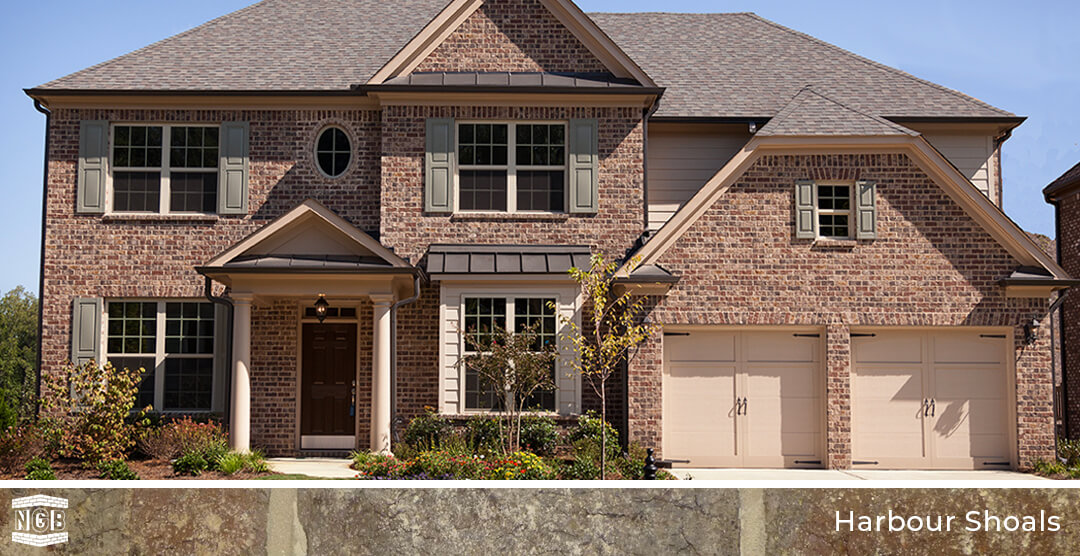For the average builder or homeowner, quick design solutions are always appealing as they will save valuable time, resources, and labor, freeing up the budget and focus for other building decisions. Vinyl siding has been a popular option for building low-to-moderate homes, apartments, and mobile homes, thanks to easy installation and low cost. However, the true value of this material versus brick can be misleading.
When it comes to comparing brick and vinyl siding as building materials, it’s important to consider a variety of factors before arriving at a true value estimation. How will the home look in 5 years? How will it look at the 20-year mark? Will the home retain its resale value? Before you make your building decision, here are a few key points to review that point toward brick as the clear leader in increasing the value of your home and lasting longer.
Appearance – Although vinyl is easily customizable and available in many different colors and design options, there is no denying the timeless beauty and immediate curb appeal of homes crafted with brick. Vinyl will allow for clean, tidy construction and design, but will not be as visually appealing. Traditional red brick, earth tones, browns, grays, pastels, and white bricks will allow you to create striking, unforgettable properties full of rich variance and texture.
Longevity – You will not find another building material as long-lasting as brick! The National Institute for Standards and Technology (NIST) lists a lifespan of one hundred years for brick masonry as it will not burn, peel, fade, rot, tear, warp, or dent. Warranties for typical vinyl siding products range from 25 to 50 years after installation. However, vinyl siding is more likely to be damaged by hail, tree limbs, and scratches from shrubs, as well as stained by household and yard products.
Sustainability – As we wrote about at length in our Sustainability Story blog post, brick is one of the most ecologically responsible building materials available and made from only natural raw materials. North Georgia Brick is made from clay and water, no chemicals or complex components. Not only are clay bricks completely recyclable, but they can also be used for concrete, mortar, and gravel. There is no record of vinyl siding being refurbished or reused, and the primary PVC component of vinyl is not an environmentally friendly material. In addition to creating toxic by-products during the manufacturing process, the components that give vinyl siding its durability survive in landfills for decades.
Installation – One of the biggest advantages of building with vinyl is the ease of installation that can even provide DIY capability, allowing builders to save on labor costs. It is paramount with vinyl installation to nail or screw each panel and form a lock-tight seal to prevent rain seepage, mold, and storm damage. Building with brick will require hiring masonry contractors, but the result will be water-resistant walls that ensure moisture diversion and structural durability for decades.
Maintenance – Both vinyl siding and brick are relatively easy to maintain for the average homeowner. Vinyl siding will require an annual power washing and your brick walls will always shine a little brighter after a wash. As far as repair maintenance, brick has the edge once more: Although damaged vinyl can be replaced, it is more susceptible to weathering and heat damage than maintenance-free brick!
Energy Efficiency & Fire Resistance – Due to brick’s natural thermal mass properties and ability to absorb, retain, and release heat, it takes less energy to heat and cool brick homes. Vinyl siding is often thin and light, and unfortunately, does not deal well with high heat. In fact, the NIST found that vinyl siding can even catch fire from an adjacent dwelling six feet away. Brick is highly fire-resistant and can withstand direct flames for over an hour, while fire testing has shown that vinyl siding will burn in under 10 minutes.
Ultimately, the value really comes down to time, budget, and the needs and vision for the property in mind. Installing vinyl siding will allow builders to save up-front with a low-cost material but will require regular maintenance and repairs. Conversely, vinyl siding will affect the long-term value of any residential property. Building with brick may take longer to complete and require more budget at the front end, but it is more durable, has greater curb appeal, lower maintenance, and stands the test of time.
Whether you intend to rent, sell, or live in the property yourself, brick is a sound material to invest in. A brick property retains its innate value, saves money on repairs, and sells for more on average nationally than comparable homes constructed with vinyl siding. When you are ready to explore all of the fantastic brick design possibilities for your project, visit our showrooms to get inspired and get the biggest return for your investment!


Recent Comments